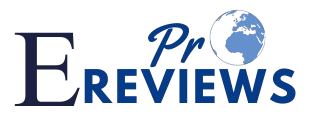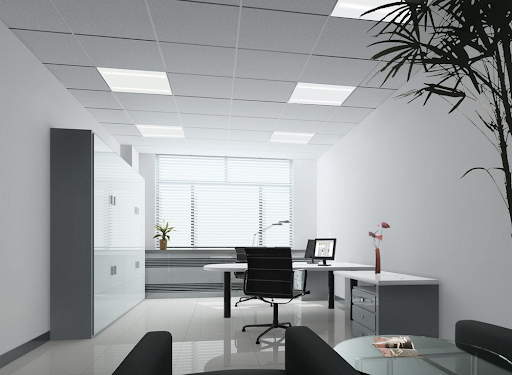In today’s modern work environment, efficient and effective lighting is crucial for productivity and well-being. LED office lighting has emerged as a top choice for many businesses, offering numerous benefits over traditional lighting solutions. This blog explores why LED office lights, including LED flat panels, are a smart choice for your workspace and how they can enhance your office environment.
Understanding LED Office Lighting
What is LED Office Lighting?
LED office lighting refers to the use of Light Emitting Diodes (LEDs) to illuminate office spaces. Unlike traditional incandescent or fluorescent lighting, LEDs use semiconductors to produce light, resulting in significant advantages in terms of efficiency and performance.
Why LED Lights?
LED lights are rapidly becoming the preferred choice for office lighting due to their energy efficiency, longevity, and superior lighting quality. LED office lights and LED flat panels are designed to meet the diverse needs of modern office environments, offering a range of benefits that contribute to a more effective and enjoyable workspace.
Key Benefits of LED Office Lighting
- Energy Efficiency and Cost Savings
One of the most significant advantages of LED office lighting is its energy efficiency. LEDs consume up to 80% less energy compared to traditional incandescent bulbs and around 30-50% less than fluorescent lights. This reduced energy consumption translates into lower electricity bills, making LED office lights a cost-effective choice for businesses.
- Long Lifespan
LED office lights have a much longer lifespan compared to conventional lighting options. While incandescent bulbs may last around 1,000 hours and fluorescent lights about 10,000 hours, LEDs can last up to 50,000 hours or more. This extended lifespan reduces the frequency of replacements and maintenance costs, offering additional savings over time.
- Improved Light Quality
LED office lighting provides high-quality light that is bright and clear, enhancing visibility and reducing eye strain. LEDs offer a range of colour temperatures, from warm to cool, allowing businesses to select the lighting that best suits their workspace needs. LED flat panels, in particular, provide uniform light distribution, minimizing shadows and glare, which can improve productivity and comfort.
- Enhanced Control and Flexibility
LED lighting systems offer greater control and flexibility compared to traditional lighting. Many LED office lights come with features such as dimming capabilities, colour temperature adjustments, and smart controls. This adaptability allows businesses to create the ideal lighting environment for different tasks and times of day, contributing to a more versatile and efficient workspace.
- Environmentally Friendly
LED office lights are more environmentally friendly than traditional lighting options. LEDs contain no hazardous materials, such as mercury, and are 100% recyclable. Additionally, their energy efficiency helps reduce the carbon footprint of your office, supporting sustainability initiatives and contributing to a greener planet.
- Reduced Heat Emission
Traditional lighting sources, like incandescent bulbs, generate a significant amount of heat, which can increase the cooling load in an office. LED office lighting produces minimal heat, which helps maintain a comfortable temperature and reduces the need for additional cooling. This not only improves comfort but can also lead to further energy savings.
Conclusion
Choosing LED office lighting is a smart decision for any workspace, offering a range of benefits that enhance both functionality and aesthetics. From the energy efficiency and cost savings to the improved light quality and environmental friendliness, LED office lights and LED flat panels provide an array of advantages that make them a superior choice over traditional lighting solutions.




